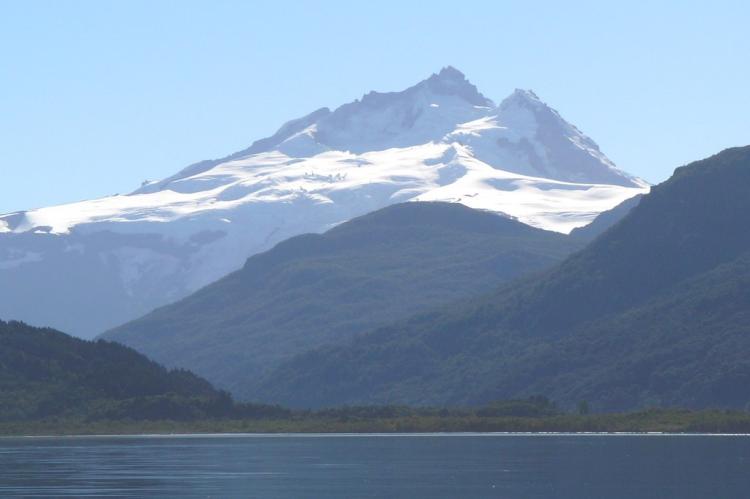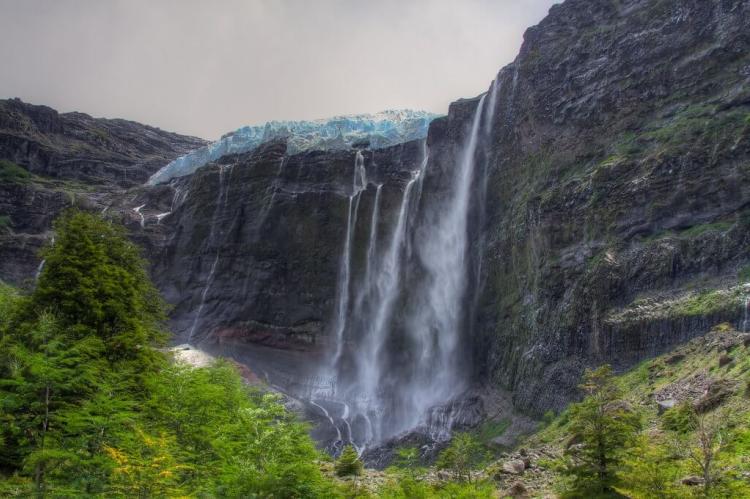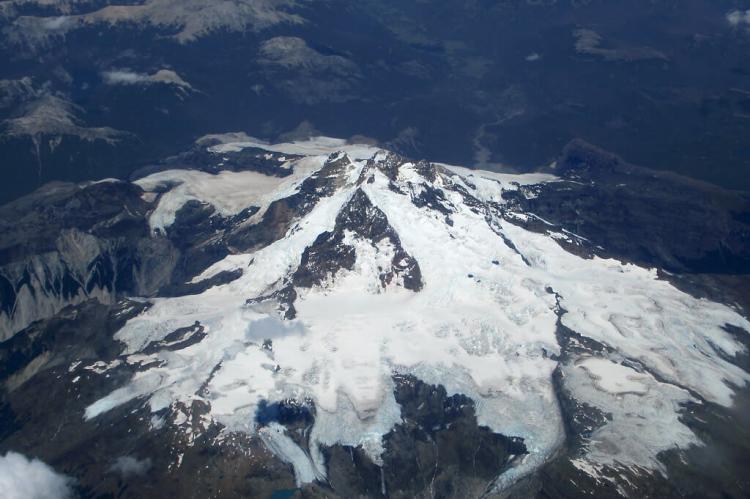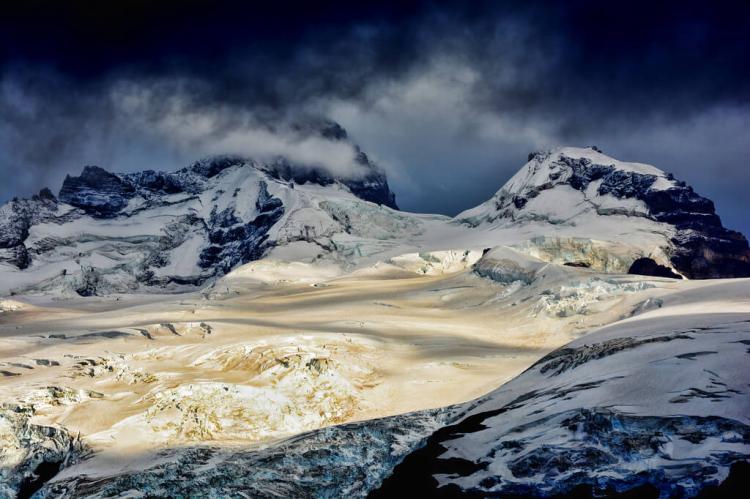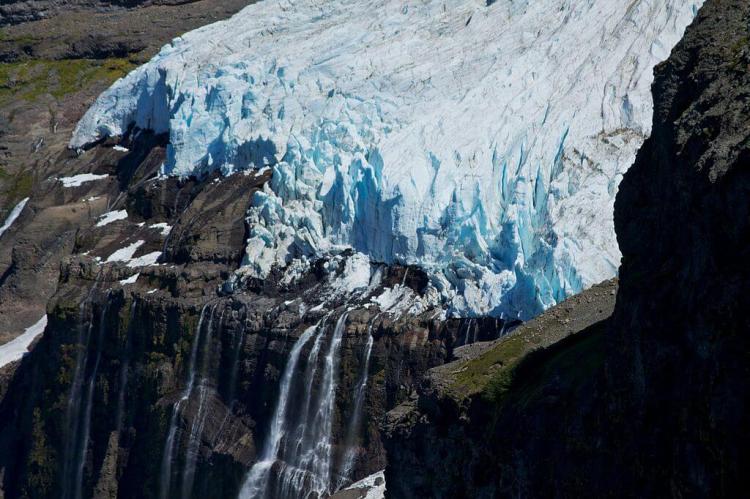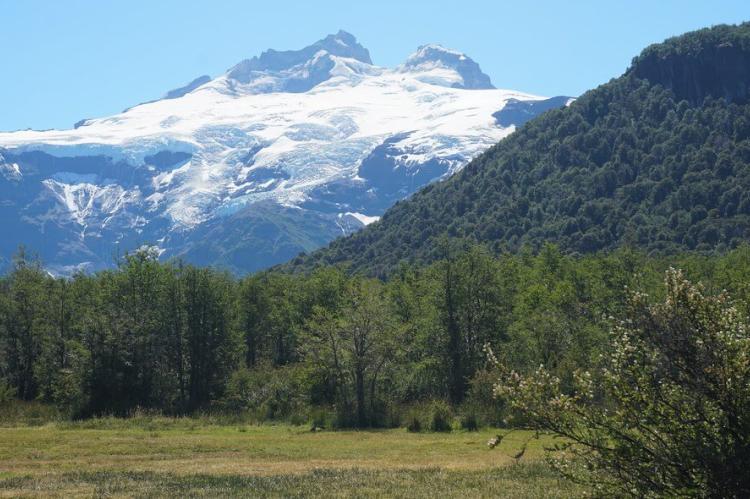Cerro Tronador (Argentina, Chile)
Cerro Tronador is an extinct volcano located on the border between Argentina and Chile in the Patagonian Andes. Located inside two national parks, Nahuel Huapi in Argentina and Vicente Pérez Rosales in Chile, Tronador hosts eight glaciers and is a popular mountaineering destination.
Cerro Tronador
Cerro Tronador is an extinct volcano on the border between Argentina and Chile in the southern Andes. It is situated in the northern Patagonian Andes, approximately 90 km (56 mi) east of the Argentine city of Bariloche and about 100 km (62 mi) west of the Chilean city of Osorno.
The highest mountain in the area, reaching an elevation of approximately 3,470 m (11,380 ft), Tronodor is more than 1,000 m (3,280 ft) higher than the nearby mountains in the Andean massif. It is, therefore, a popular mountaineering destination.
Tronador is a stratovolcano characterized by its steep-sided, conical shape formed by alternating layers of lava flows, volcanic ash, and other volcanic debris. The tectonic plate interaction of the Nazca Plate subducting beneath the South American Plate forms the volcano.
The volcano is composed mainly of basalts, and the Pleistocene glaciations influenced its growth. During the glacial periods, the volcano was covered by ice, which helped to erode its slopes and form its distinctive shape. Today, it is a prominent landmark in the Patagonian landscape.
Located inside two national parks, Nahuel Huapi in Argentina and Vicente Pérez Rosales in Chile, Tronador hosts eight glaciers, which are currently retreating due to the warming of the upper troposphere. These glaciers feed into the rivers and lakes in the surrounding area. Some notable glaciers on Tronador include the Ventisquero Negro, Manso, and Alerce Glaciers.
One of the most distinctive features of Tronador is its soundscape. The volcano's glaciers produce a constant roar of falling seracs (large chunks of ice that break off from glaciers). This sound, combined with the echo of the wind through the surrounding mountains, gives Tronador a unique and otherworldly atmosphere.
Tronador has a history of volcanic activity, though it has been relatively quiet in recent centuries. Today, it is known for its geothermal activity. Several hot springs around the volcano and the fumaroles (gas vents) on its slopes emit steam and sulfur dioxide. This geothermal activity is a testament to the volcano's geologically active past.
